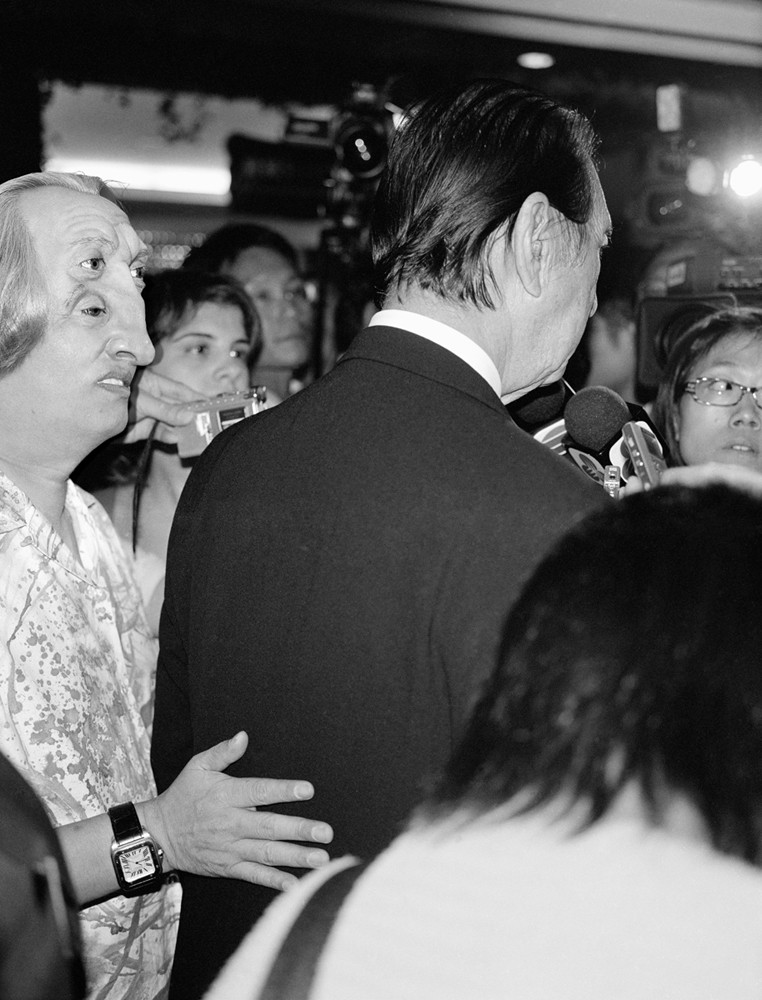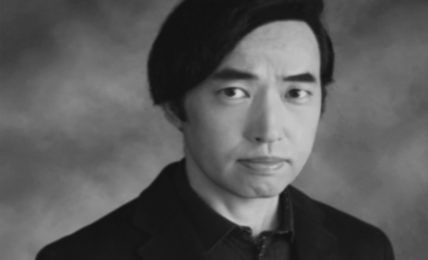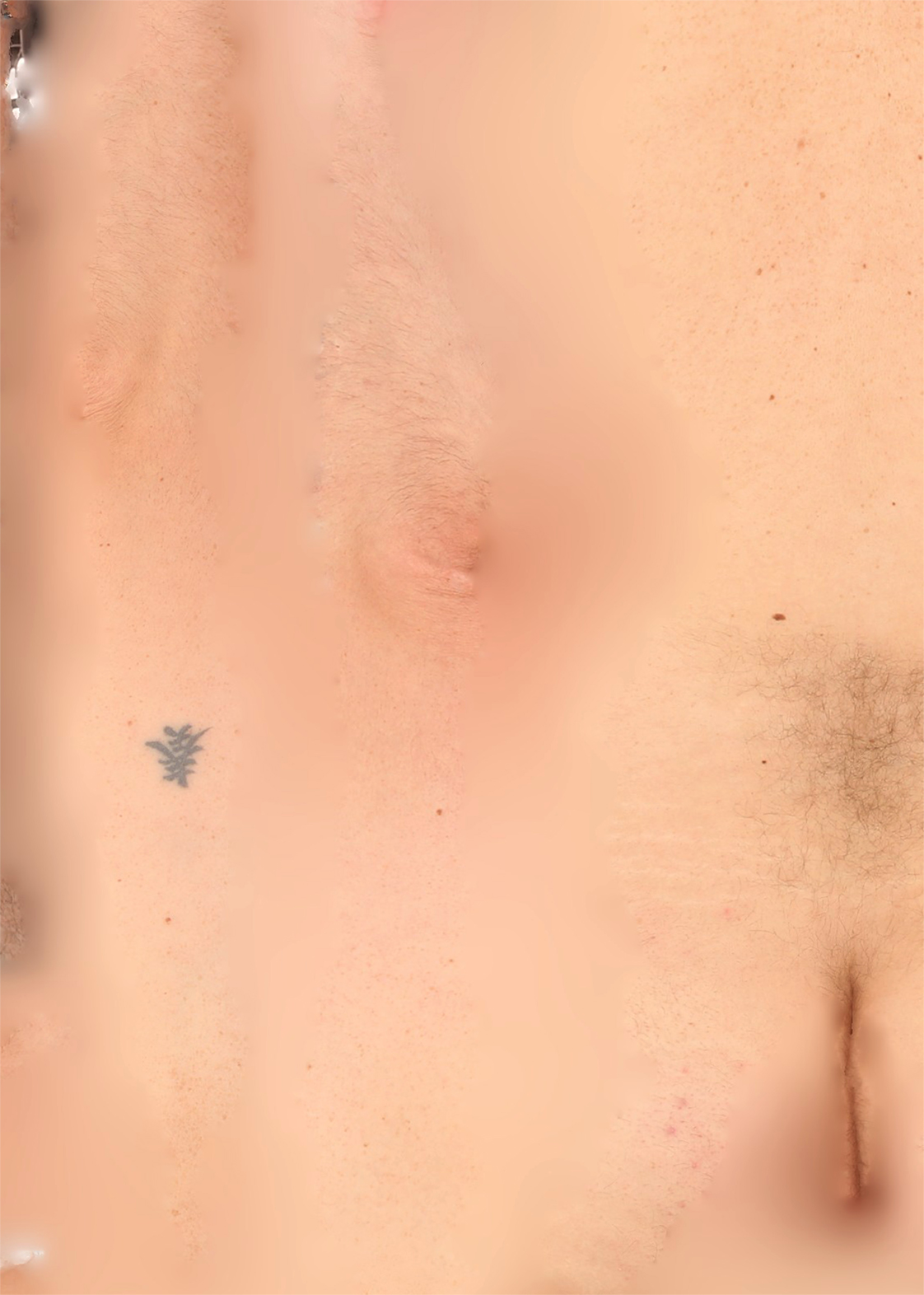Digital America interviewed Lauren Aria in April 2025 on their piece Untitled (digital diagnosis).
:::
Digital America: Untitled (digital diagnosis) looks at the relationship between the human body and technologies, exploring how these two systems connect, overlap, and affect each other. What drew you to this intersection between the natural and the artificial? What is your relationship to this theme?
Lauren Aria: For the past three years, I have worked as a scientific glassblower within a cutting-edge research university. I design and fabricate glass instruments to help researchers question the abstract phenomena of our natural world. Glass instruments become artificial vessels for chemical reactions producing our natural abilities to eat, digest, bleed, breathe, sleep, regulate and die. These synthetic and organic chemical investigations lead to stronger understandings of ourselves, our world, and those we share it with. This nuanced experience has informed my relationship between the themes of natural and artificial within my art practice. I have found myself intuitively questioning our natural world, and the material innovations that have changed our perceptions and understanding. As we adapt to a techno-centric, mechanized, and built world, how does our nature continue to drive and compel us? These human desires for familiarity and understanding in a rapidly evolving, unfamiliar world drive the intersections between artificial and natural in my work.
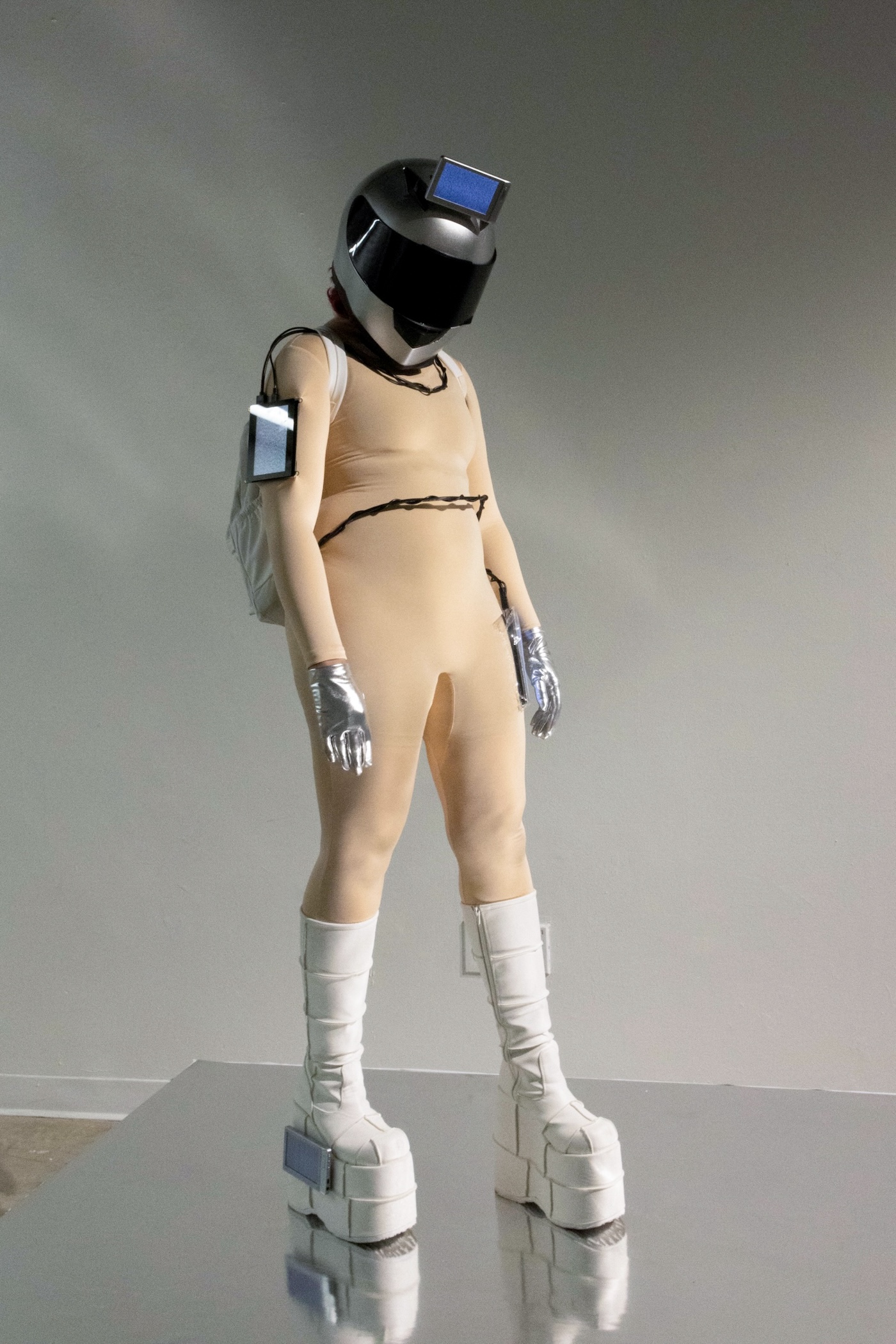
Digital America: I’m curious how you define what it means to be “alive” within the world of your work. Is “being alive” something purely physical, technological, or something else entirely?
Lauren Aria: When I think about the meaning of being “alive” in the world of my work, I acknowledge the physical aesthetics of being alive. The flow of liquid through a system, the flex of bone, and the stretch of tissues are interpreted into mechanized systems and synthetic objects. These physical functions are shared by both bodies and machines. And yet, I wouldn’t consider a machine to be “alive.” What makes us “alive,” and not a machine, is our instinctive sense that our bodies will eventually decay and fail. To be alive is to know death. My work stratifies the physical aspects of being alive with the demise and decay of systems. The dissonant objects heighten the viewers’ sense of their own mortality and question the fleeting sensations of our own being.
Digital America: Do you approach the conceptual development of your sculptural and installation works, like HOT PIXEL BIOPSY or NITRILE GLOVE, differently from your video and performance-based projects, such as Untitled (digital diagnosis)? How does the medium shape the narrative or message you aim to convey?
Lauren Aria: I wouldn’t say that I approach the conceptual development of my sculpture and installation works differently from video-based projects, but that they inhabit different spaces of the same idea. When I work with video and performance, I can also manipulate the added quality of time, which manifests the fleeting, intangible qualities of digital space. Comparing HOT PIXEL BIOPSY and Untitled (digital diagnosis), both pieces stem from the same conceptual idea: a question on how screens can reinterpret the surface of our bodies. Both pieces use the same video clips, presented in different contexts. In HOT PIXEL BIOPSY, the screen becomes the focus of the piece, overlapping and interrupting the surface of my photographed bruise. The context of the work compares the bruise to a hot or dead pixel on the screen. In Untitled (digital diagnosis), the body becomes the focus of the work. In the performance (and resulting documentation), the screens are difficult to view, obstructed by my limbs and bodily movements. The work’s context shifts to the uneasy feelings created by the body-machine hybrid in an overtly mediated world. –
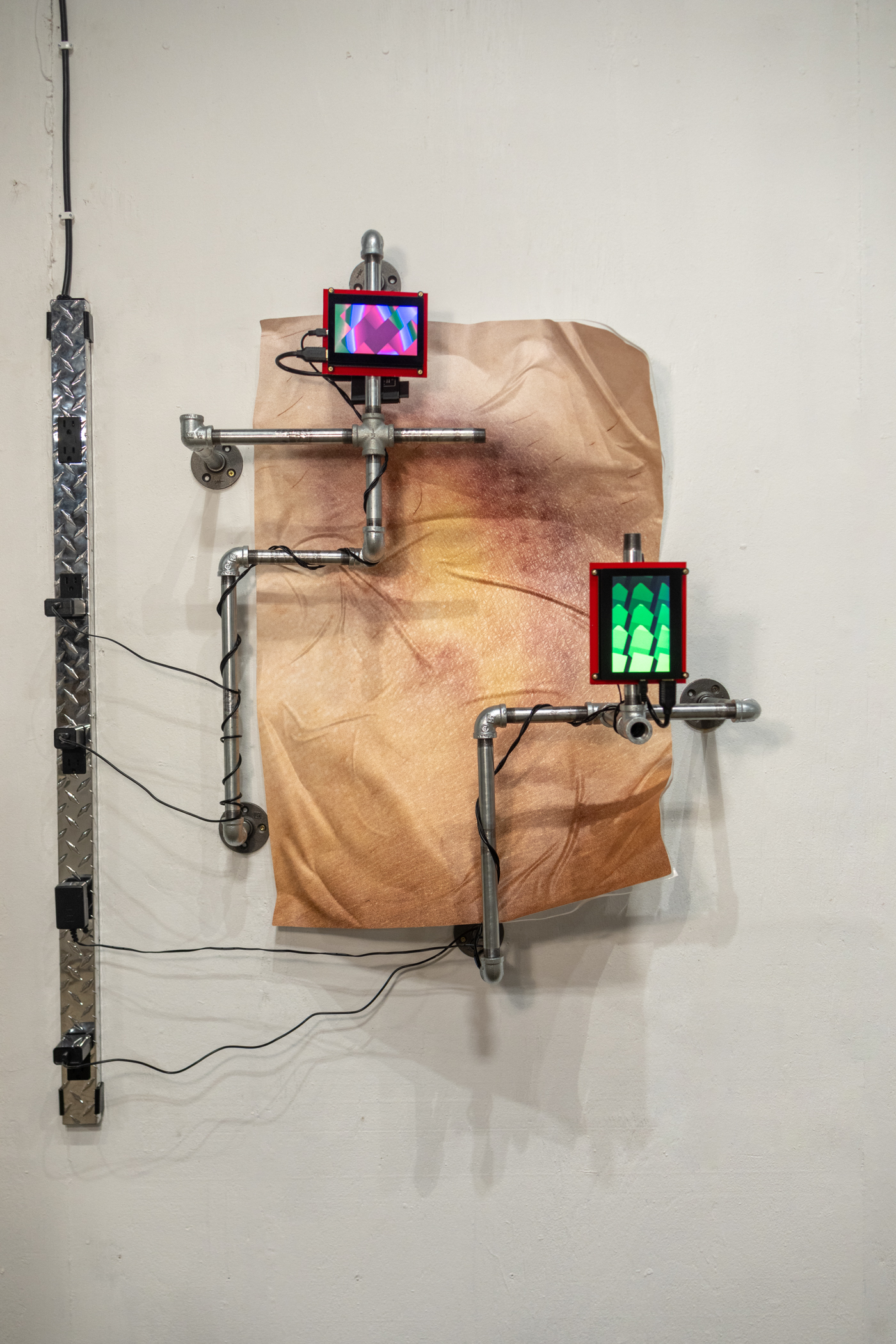
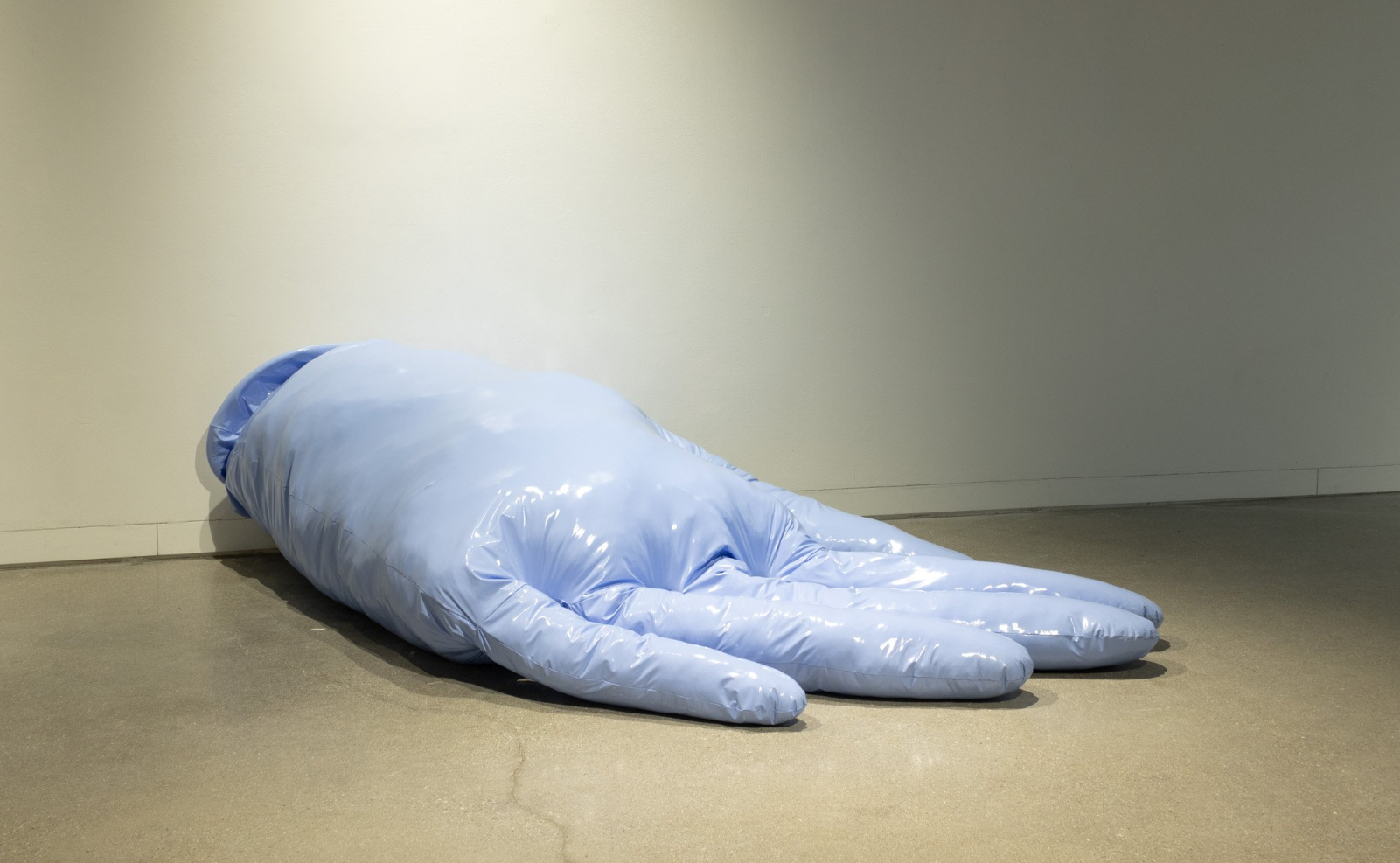
Digital America: The visuals of Untitled (digital diagnosis) felt sterile and medical, yet somehow intimate and vulnerable at the same time. Your practice blends highly tactile, physical materials like glass, sculptural installation with more intangible, digital, and mechanical technologies. How did you decide on these materials? How do you determine which art mediums will best serve the work’s intentions?
Lauren Aria: Throughout my practice, I have been drawn to materials that are dynamic. Glass inhabits a fluctuating space— a making process always on the verge of control, simultaneously visible and transparent. Digital media creates dynamic displays that are ever-changing and time dependent. Pumps drive movement, vibration, and noise into objects. The blending of materials and technologies in my work often follows the logic of systems: an amalgam of screens over a skeleton of pipe, a collection of tubing suspended by a latex form, a conglomeration of fibrous glue held over a body. These systems transport power and digital information, fluids and sounds, and visual and visceral effects. My usage of material systems draws attention to invisible and overlooked phenomena of our worlds and bodies. On a more practical note, many of my material choices are based on what is accessible or within my reach at a given time. At the times in my career when I have had open access to a woodshop, or metals shop, I tend to really take advantage of those resources to build larger, more ambitious sculptural projects and installations. Those spaces become more valuable and difficult to access outside of craft schools and institutions. Recently, I have been working more with glass and video, as I have easier access to those materials and am lucky to have a high-quality camera and laptop to record and edit photos and videos.
Digital America: What are you working on now?
Lauren Aria: Recently, I have taken interest in road beads. These glass beads are used to make paint lines on roads and aircraft runways more reflective and visible. I have been experimenting with these road beads as a surface application for several objects. The road beads break up the smooth surface of glass objects, distort image and video on screens, and create shimmery, glittery effects on objects under a light. Conceptually, I have been interested in breaking down the materiality of the “screen.” Over time, the technologies we use become invisible to us, an extension of our vision and body. The “screen” is such a technology that has become invisible to us. We rarely register the materiality of the object we are looking through, and are only confronted by it when it malfunctions— cracking, dead pixel, etc. This concept has been presented in some of my current works, but is also an idea I continue to reinterpret, rethink, and experiment with.
:::
Check out Lauren Aria’s work Untitled (digital diagnoses).
:::


